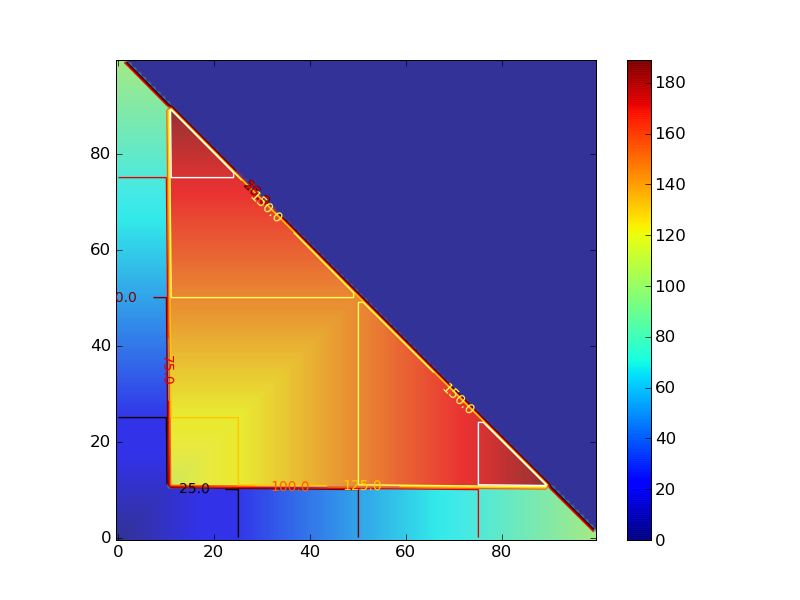biopythonで。
#!/usr/bin/env python
# -*- encoding:utf-8 -*-
# kzfm <kerolinq [AT] gmail.com>
def pm2bib(pm):
author = "; ".join(pm['AU'])
year = pm['DP'][0:4]
bib = """@article{PMID:%s,
author = {%s},
title = {%s},
journal = {%s},
year = {%s},
volume = {%s},
number = {%s},
pages = {%s},
}
""" % (pm['PMID'],author,pm['TI'],pm['TA'],year,pm['VI'],pm.get('IP',""),pm['PG'])
return bib
if __name__ == "__main__":
from Bio import Entrez, Medline
Entrez.email = "xxx@gmail.com"
record = Entrez.read(Entrez.esearch(db="pubmed",term="biopython"))
idlist = record["IdList"]
records = Medline.parse(Entrez.efetch(db="pubmed",id=idlist,rettype="medline",retmode="text"))
for record in records:
print pm2bib(record)
適当に用意したtex
\documentclass{jarticle}
\begin{document}
\bibliographystyle{plain}
「お互いの犬\cite{PMID:20015970}の写真\cite{PMID:19811691}を撮り合い、帰ったらその写真\cite{PMID:19773334}
を自分のブログ\cite{PMID:19304878}にUPして紹介\cite{PMID:18606172}
し、お互いのブログにお礼コメント\cite{PMID:16403221}をするというのが暗黙のルール\cite{PMID:16377612}です。」
X06HT予約しにいったら、携帯電話が妻名義\cite{PMID:14871861}だったので予約出来なかった。
あと名義変更に一日かかるからあと二回いかないと予約出来ない\cite{PMID:14630660}
という衝撃の事実を聞かされた。多分、アンドロイドへの何か\cite{PMID:12230038}
が試されているんだろう。
\bibliography{test}
\end{document}
できたpdf

 Machine Learning: An Algorithmic Perspective (Chapman & Hall/Crc Machine Learning & Patrtern Recognition)
Machine Learning: An Algorithmic Perspective (Chapman & Hall/Crc Machine Learning & Patrtern Recognition) グラフィカルモデリング (統計ライブラリー)
グラフィカルモデリング (統計ライブラリー) パターン認識と機械学習 下 - ベイズ理論による統計的予測
パターン認識と機械学習 下 - ベイズ理論による統計的予測 CouchDB: The Definitive Guide
CouchDB: The Definitive Guide Beginning CouchDB
Beginning CouchDB Couchdb in Action
Couchdb in Action